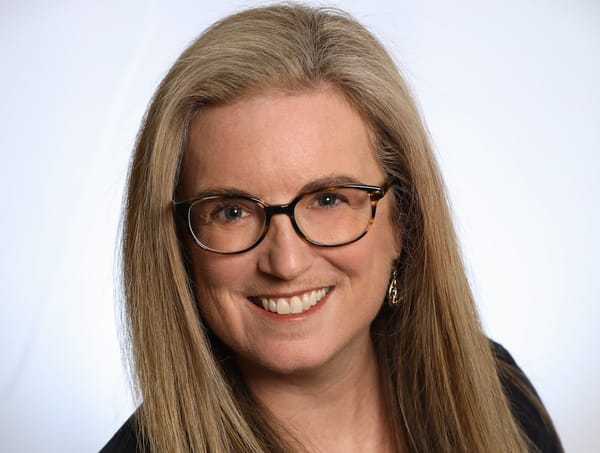
Expert Opinion
To BEAD or Not to BEAD? For Rural Providers, the Time to Decide is Now
Are you prepared to watch a competitor bring fiber optic infrastructure into your service area?
Send Expert Opinions to commentary@breakfast.media. The views expressed do not necessarily reflect the views of Broadband Breakfast or Breakfast Media LLC. All Expert Opinions are FREE for all readers.


Expert Opinion
Are you prepared to watch a competitor bring fiber optic infrastructure into your service area?
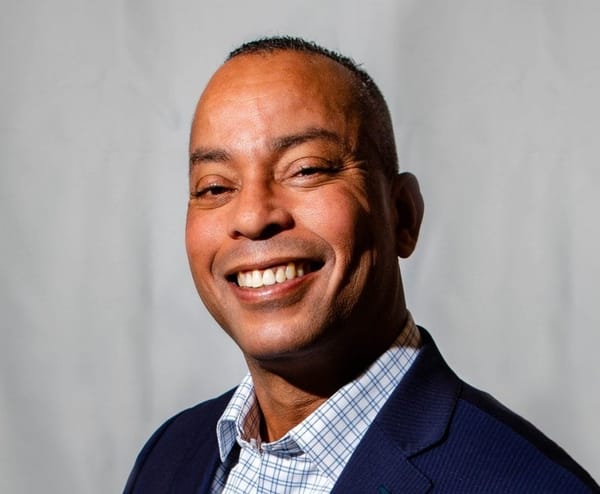
Expert Opinion
The FCC does not allow an ISP defendant to argue that its decision not to provide access to broadband was based on any substantial, legitimate, nondiscriminatory interest.

Expert Opinion
Unless Congress acts now, America will lose a key element in the effort to close the digital divide.
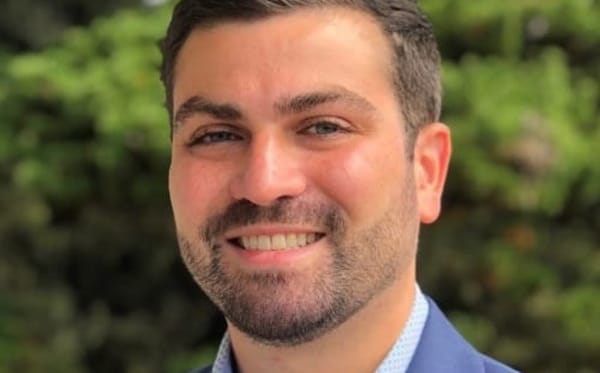
Expert Opinion
The introduction of the Spectrum Pipeline Act represents an important step toward attempting to restore the FCC’s auction authority.
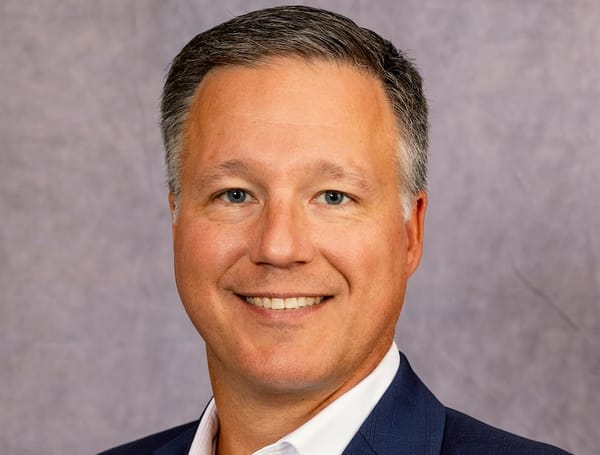
Expert Opinion
Providers should carefully weigh and evaluate whether it is better to build out the middle mile infrastructure or purchase it from another carrier.
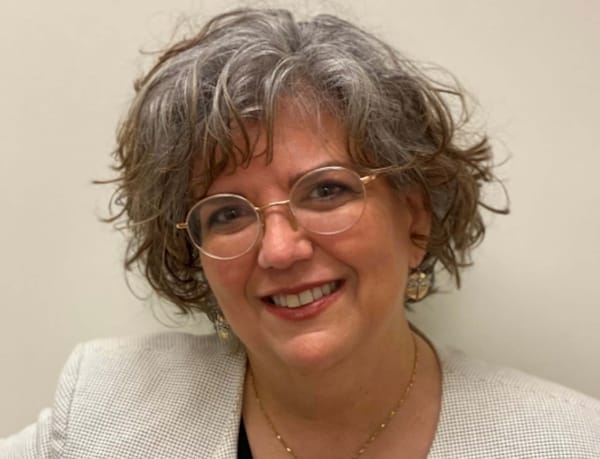
Expert Opinion
The author argues that Virginia’s firm stand on BEAD funding serves as a beacon for the states.

Expert Opinion
Low-income communities are only marginally less likely to have access to high-speed broadband compared to their wealthier counterparts.
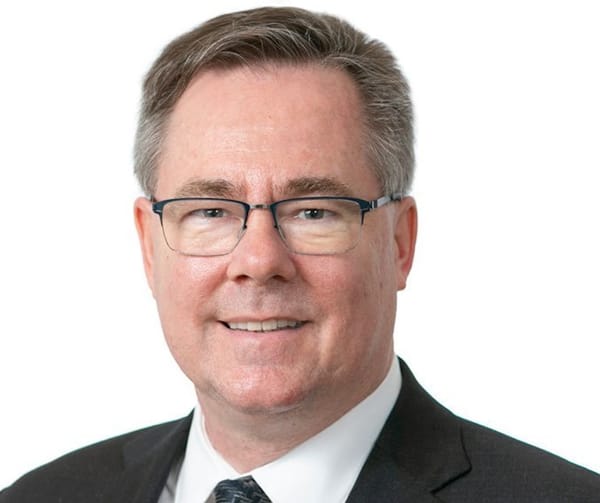
Expert Opinion
Participants in the Secure and Trusted Communications Networks Reimbursement Program are perilously close to depleting their allocations.

Expert Opinion
Strong empirical evidence emerges that open internet regulations exert a significant, strong negative impact on fiber investments.

Expert Opinion
The lower 3 GigaHertz (GHz) and 7-8 GHz bands are the best opportunities to close our nation’s spectrum gap.
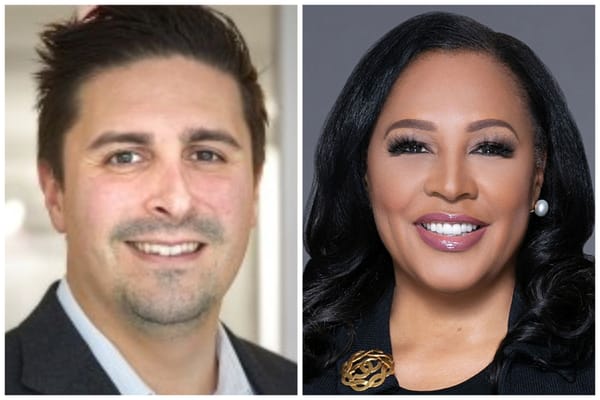
Expert Opinion
Roughly 35 million Americans lack home broadband internet.

Expert Opinion
Pennsylvania’s mountainous terrain and rural areas with few homes have made it difficult and expensive for broadband expansion.

Expert Opinion
March 9, 2024, marks the one year anniversary since Congress let the FCC's auction authority expire.
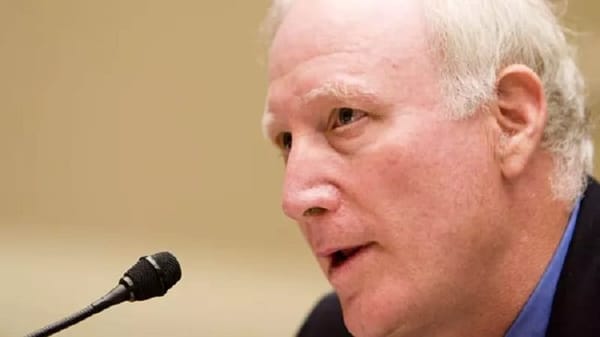
Expert Opinion
Continuing the ACP program can be justified, but only if it is meaningfully reformed to render it more fiscally responsible.
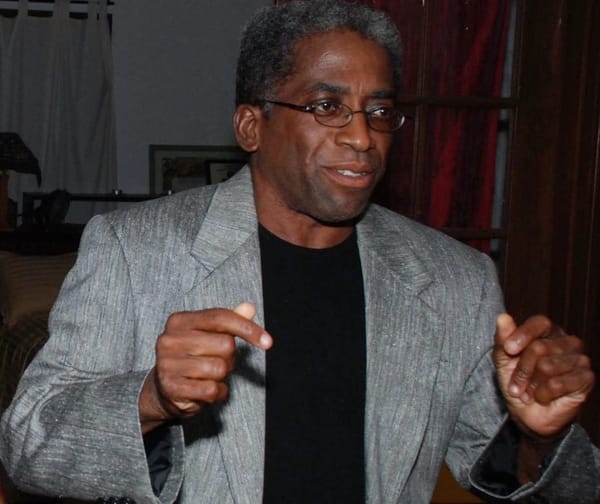
Expert Opinion
When it's a matter of life and death, it's all about wireless internet, says the author.
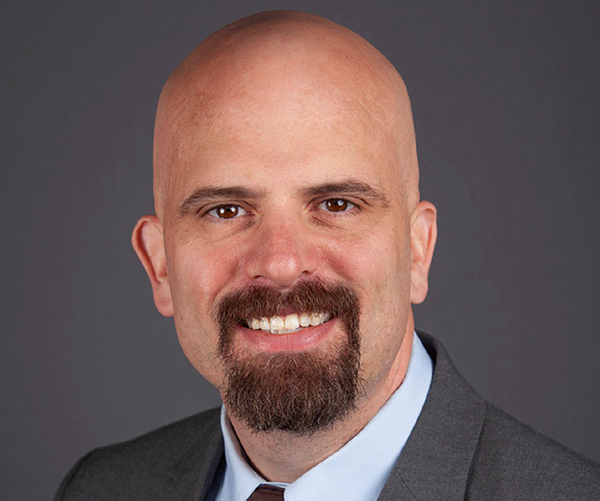
Expert Opinion
The FCC should encourage solutions that help facilitate make-ready work when utilities are dragging their feet.